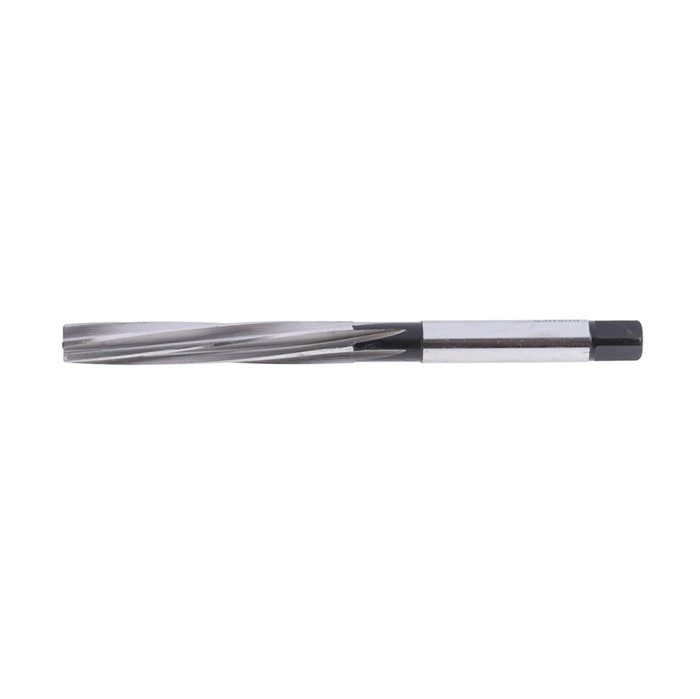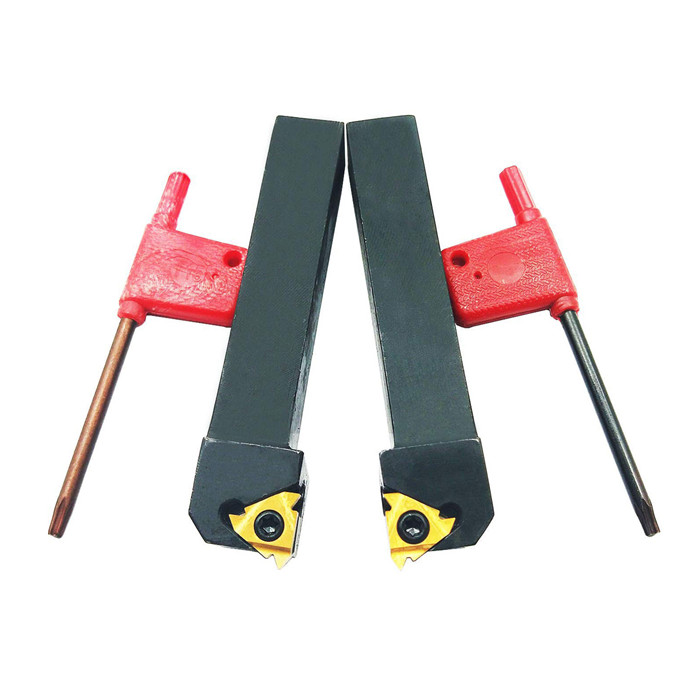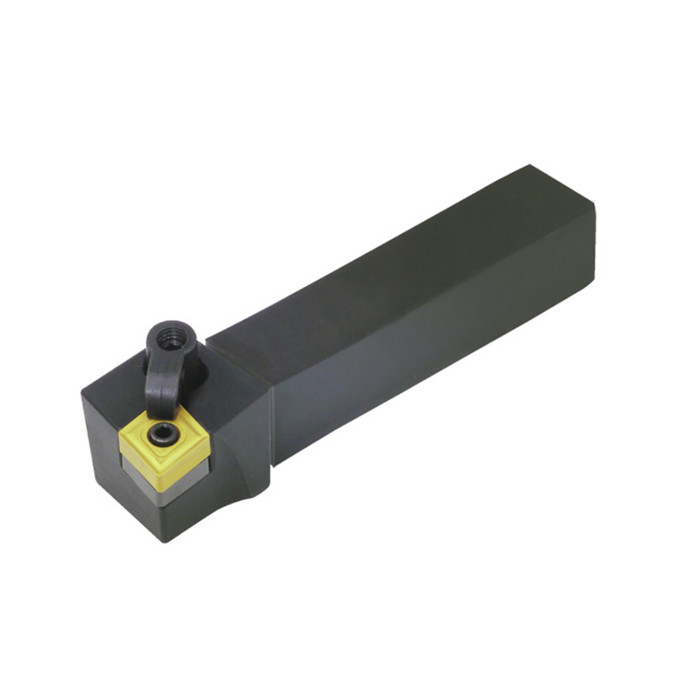Keyway Broach Supplier
A keyway broach supplier provides essential tools for creating precise keyways in various components. Selecting the right broach depends on factors such as keyway size, material hardness, and production volume. Understanding the different types of broaches and their applications is crucial for achieving optimal results and ensuring the longevity of your tools.
Understanding Keyway Broaching
What is a Keyway?
A keyway is a groove or slot cut into a shaft or hub of a component, designed to accommodate a key. This key connects the shaft and hub, allowing them to transmit torque together. Keyways are commonly used in mechanical power transmission systems in equipment ranging from automobiles to industrial machinery. The precision of the keyway directly impacts the performance and reliability of the assembled system.
The Keyway Broaching Process
Broaching is a machining process that uses a toothed tool, called a broach, to remove material. In keyway broaching, the broach is either pushed or pulled across the workpiece to create the desired keyway. The broach has a series of teeth, each progressively larger, which gradually cut the keyway to the final dimension in a single pass. This process offers high precision and repeatability, making it suitable for both small and large production runs.
Types of Keyway Broaches
Choosing the correct type of keyway broach is essential for efficiency and accuracy. Here's an overview of the common types available from a keyway broach supplier:
Push Broaches
Push broaches are typically used on vertical broaching machines where the broach is pushed through the workpiece. They are suitable for internal keyways and are generally used for smaller production volumes. They are known for their ability to create very precise keyways.
Pull Broaches
Pull broaches are used on horizontal broaching machines, where the broach is pulled through the workpiece. These are ideal for larger production runs and can handle a wider range of materials and keyway sizes. This is the most common type of broach.
Solid Broaches
Solid broaches are made from a single piece of hardened steel. They are robust and provide high accuracy, but are more expensive than other types. They're often used for high-precision applications and demanding materials.
Inserted Tooth Broaches
These broaches have replaceable teeth inserted into the broach body. This design reduces the cost of replacing the entire broach when teeth wear out or break. Inserted tooth broaches are suitable for large-scale production and can be customized for specific applications.
Factors to Consider When Choosing a Keyway Broach Supplier
Selecting the right keyway broach supplier is crucial for ensuring the quality and performance of your tools. Here are some factors to consider:
Experience and Expertise
Choose a supplier with a proven track record and extensive experience in the broaching industry. Wayleading Tools has a decade of experience in providing high-quality broaching solutions. Look for suppliers who can offer technical support and guidance to help you select the right broach for your specific application.
Quality and Materials
The quality of the broach directly impacts its performance and lifespan. Ensure that the supplier uses high-quality materials, such as high-speed steel (HSS) or carbide, and employs advanced manufacturing processes. Wayleading Tools uses premium materials and adheres to strict quality control standards. In addition, understanding the material of the workpiece is crucial. Broaching softer materials like aluminum requires different broach geometry and coating than broaching harder materials like steel.
Range of Products
A good keyway broach supplier should offer a wide range of broaches to meet various needs. This includes different types, sizes, and materials. They should also be able to provide custom broaches for specialized applications.
Customer Support
Excellent customer support is essential. The supplier should be responsive, knowledgeable, and able to provide assistance with technical issues, troubleshooting, and maintenance. Look for suppliers who offer training and educational resources.
Price and Delivery
While price is a factor, it shouldn't be the only consideration. Focus on value for money, balancing cost with quality and performance. Also, ensure that the supplier can deliver the broaches within your required timeframe. Wayleading Tools offers competitive pricing and timely delivery.
Applications of Keyway Broaches
Keyway broaches are used in a wide range of industries and applications, including:
Automotive Industry
Manufacturing transmission components, gears, and shafts.
Aerospace Industry
Creating keyways in engine parts and control systems.
Manufacturing Industry
Producing machine tools, pumps, and other mechanical equipment. Wayleading Tools provides keyway broaching solutions for diverse manufacturing needs.
Energy Sector
Creating keyways in turbines, generators, and other power generation equipment.
Maintenance and Care of Keyway Broaches
Proper maintenance and care are essential for maximizing the lifespan and performance of your keyway broaches. Here are some tips:
Cleaning
Clean the broach thoroughly after each use to remove chips and debris. Use a soft brush and a suitable cleaning solvent.
Lubrication
Apply a high-quality cutting oil or lubricant to the broach before each use to reduce friction and heat. Be sure that the lubrication is suitable for the material that is being broached.
Storage
Store the broach in a dry, clean place to prevent rust and corrosion. Use a protective coating or oil if necessary.
Sharpening
Regularly inspect the broach for wear and damage. Sharpen the teeth as needed to maintain optimal cutting performance. Consult with a professional sharpening service if you lack the necessary equipment or expertise. Contact Wayleading Tools for guidance on broach maintenance.
Troubleshooting Common Keyway Broaching Problems
Even with proper care, you may encounter some common problems during keyway broaching. Here are some tips for troubleshooting:
Chatter
Chatter is a vibration that can cause poor surface finish and reduced tool life. To reduce chatter, ensure that the workpiece is properly clamped and supported, use a sharper broach, and reduce the cutting speed.
Chip Build-up
Chip build-up can cause the broach to bind and break. To prevent chip build-up, use a cutting oil or lubricant that is appropriate for the material being broached, and clean the broach regularly.
Oversized Keyway
An oversized keyway can be caused by a worn broach or excessive cutting speed. To correct this, use a new or sharpened broach, and reduce the cutting speed.
Broken Broach
A broken broach can be caused by excessive force, improper alignment, or a worn broach. To prevent this, ensure that the broach is properly aligned, use the correct cutting speed and feed rate, and replace worn broaches promptly.
Conclusion
Choosing the right keyway broach supplier and understanding the keyway broaching process are crucial for achieving accurate and efficient results. By considering the factors outlined in this guide, you can select the best broach for your specific application and ensure the longevity of your tools. Wayleading Tools, with its extensive experience and commitment to quality, is your reliable partner for all your keyway broaching needs. Visit www.wayleading.com to explore our range of broaching solutions.
Related products
Related products
Best selling products
Best selling products-
 HSS Inch Hand Reamer With Straight Or Spiral Flute
HSS Inch Hand Reamer With Straight Or Spiral Flute -
 ISO Metric Hexagon Die With Right Hand
ISO Metric Hexagon Die With Right Hand -
 ANSI B94 HSS Jobber Length Drill Bits Fully Ground
ANSI B94 HSS Jobber Length Drill Bits Fully Ground -
 R8 Round Collet With Inch and Metric Size
R8 Round Collet With Inch and Metric Size -
 7pcs Carbide Turning Tool Set With Metric & Inch Size
7pcs Carbide Turning Tool Set With Metric & Inch Size -
 9PCS Broken Tap Extractor Set With Storage Box
9PCS Broken Tap Extractor Set With Storage Box -
 3 Flutes HSS Counterbore Drill Bit With Metric And Inch Size
3 Flutes HSS Counterbore Drill Bit With Metric And Inch Size -
 Precision Monoblock Fine-Adjustment Vernier Caliper Of Metric & Imperial For Industrial
Precision Monoblock Fine-Adjustment Vernier Caliper Of Metric & Imperial For Industrial -
 Plain Back ER Collet Fixture With Lathe Collet Chuck
Plain Back ER Collet Fixture With Lathe Collet Chuck -
 HSS Metric 4 Flute End Mills With Bright Or TiN And TiAlN Coated
HSS Metric 4 Flute End Mills With Bright Or TiN And TiAlN Coated -
 GTN Parting & Grooving Insert For NCIH Blade
GTN Parting & Grooving Insert For NCIH Blade -
 Type N Inverted Cone Tungsten Carbide Rotary Burr
Type N Inverted Cone Tungsten Carbide Rotary Burr









